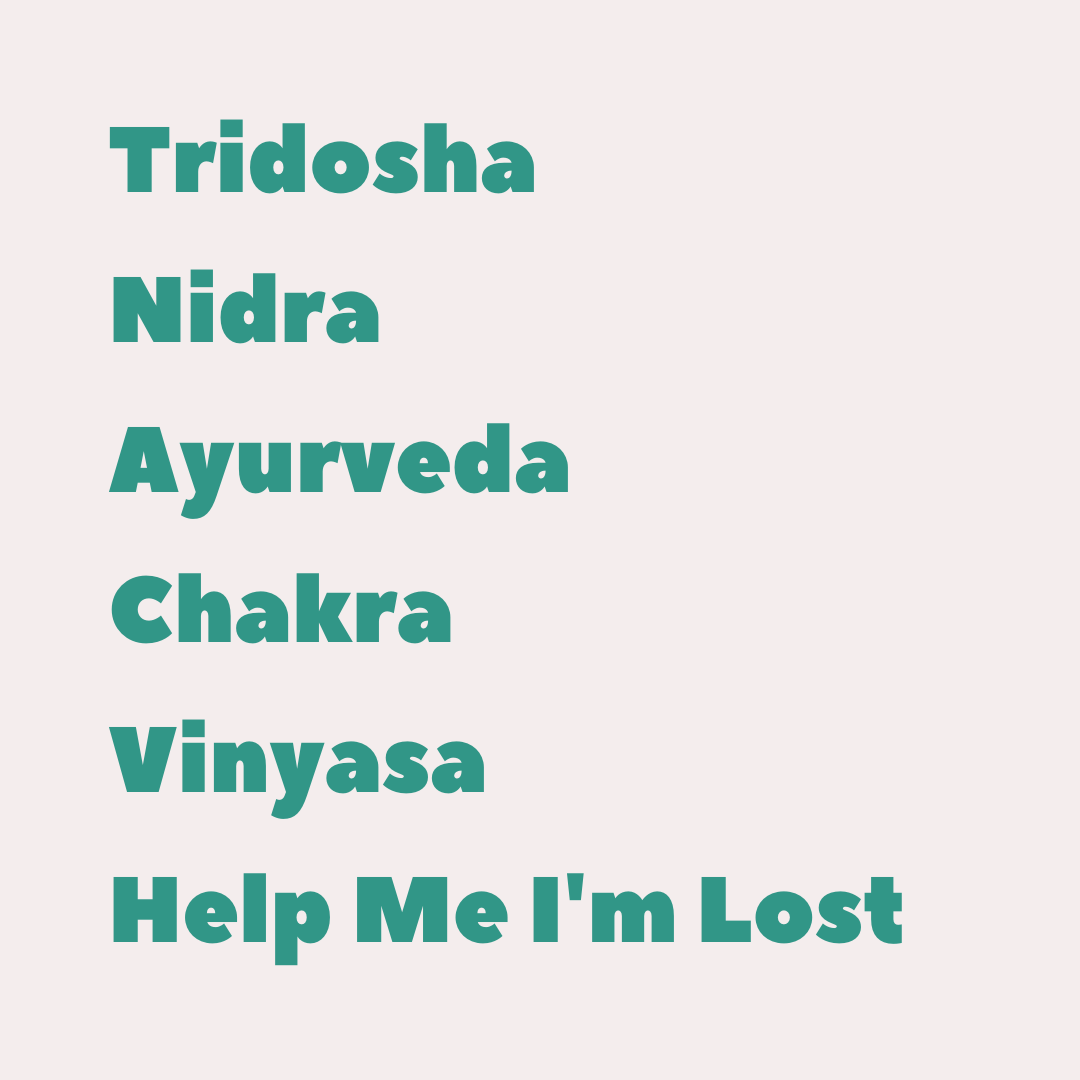
Chakra, Ayurveda, Nidra, Vinyasa, Tridosha – unless you studied Sanskrit, you probably have no idea how to get your head around so many types of yoga.
If you don’t have time to try all of these yoga types for your own, read this article and discover which one will cater to your personal needs.
VINYASA
Vinyasa Yoga, also referred to as “flow yoga”, is one of the most common practices in the world. Some translate Vinyasa as “to place in a special way”, meaning that it requires conscious movements from each and every part of our bodies.
The Flow Yoga is all about calm and balanced movement. Together with your breath you flow from one posture into another, constantly changing and yet remaining still.
No Vinyasa practice is ever the same. This yoga type is so intuitive and different for each individual that you can even start doing it on your own after a while.
It is best suited for those working office jobs or with the low-activity lifestyles. Vinyasa Yoga brings you back to movement while stretching all the limbs and bones of the body.
CHAKRA
In ancient Sanskrit Chakra means a spinning wheel. According to the yogic belief there are 7 of these wheels surrounding our physical body. They are responsible for the flow of life and energy through us.
Every Chakra is of special significance and regulates the way we experience reality through the different emotions, aspirations or fears.
Therefore, if even one of the spinning wheels becomes blocked, the whole mechanism gets impaired. This can lead to anxiety, lethargy, digestive or other health issues.
The focus of Chakra yoga is to locate the impaired or even blocked chakras and help you feel like yourself again. This is usually achieved by a combination of asanas, physical movements and meditation.
NIDRA
This practice is best suited for treating anxiety, insomnia and burnout symptoms, as it can be compared to a full 3hour sleep!
In Yoga Nidra you don’t need to freeze in uncomfortable poses for minutes, stretch, use muscle strenghth or do any kind of physical activity. You will start and finish the class lying on your mat.
The main goal of this session is to get you into a deep state of conscious sleep. Unlike meditation, where you normally observe your thoughts come and go, the yoga nidra sleep is the state of conscious dreaming while remaining awake.
Yoga nidra works with autonomic nervous system, which regulates the unconscious processes in our body, like heartbeat or breathing.
A recent study found that while both yoga nidra and meditation had the benefits of reducing stress, yoga nidra was more efficient in reducing anxiety.
AYURVEDA & TRIDOSHA
Practiced all over the world for more than 5000 years Ayurveda is one of the fundamental elements of the ancient Indian teachings. It literally translates as the science of life and well-being.
Ayurveda is based on the principle of three doshas – three pollutants in the human body. Each of these pollutants regulates our skin type, digestion patterns and many other aspects of who you are.
This practice recognizes that every individual has her/his own prevalent Dosha. The Ayurveda and Tridosha practitioners usually access the needs of their clients to develop a unique exercise routine.
This practice is somewhat similar to the flow yoga, with its continuous movements and breathing exercises, but is at the same time more personalized and directed at treating your own disbalances.
As you might have already noticed, yoga is not about getting your body into the perfect shape. Yoga is the science of mental and physical balance, of feeling who you are and what your body needs.
A personal class at your home is the perfect opportunity to dig in deeper into your feelings and discover the hidden imbalances within yourself.

Nidra and Chakra – YES PLEASE xx